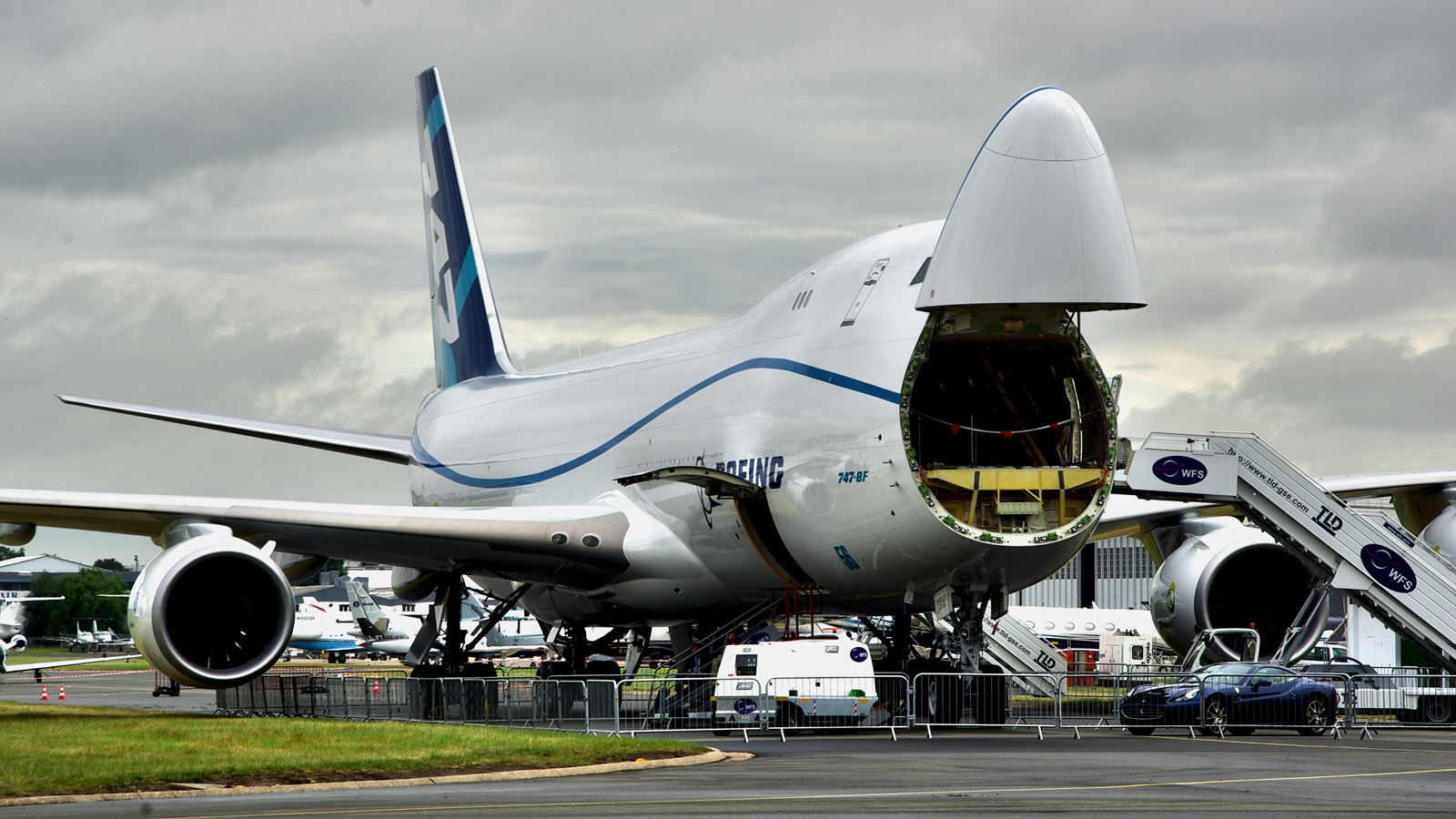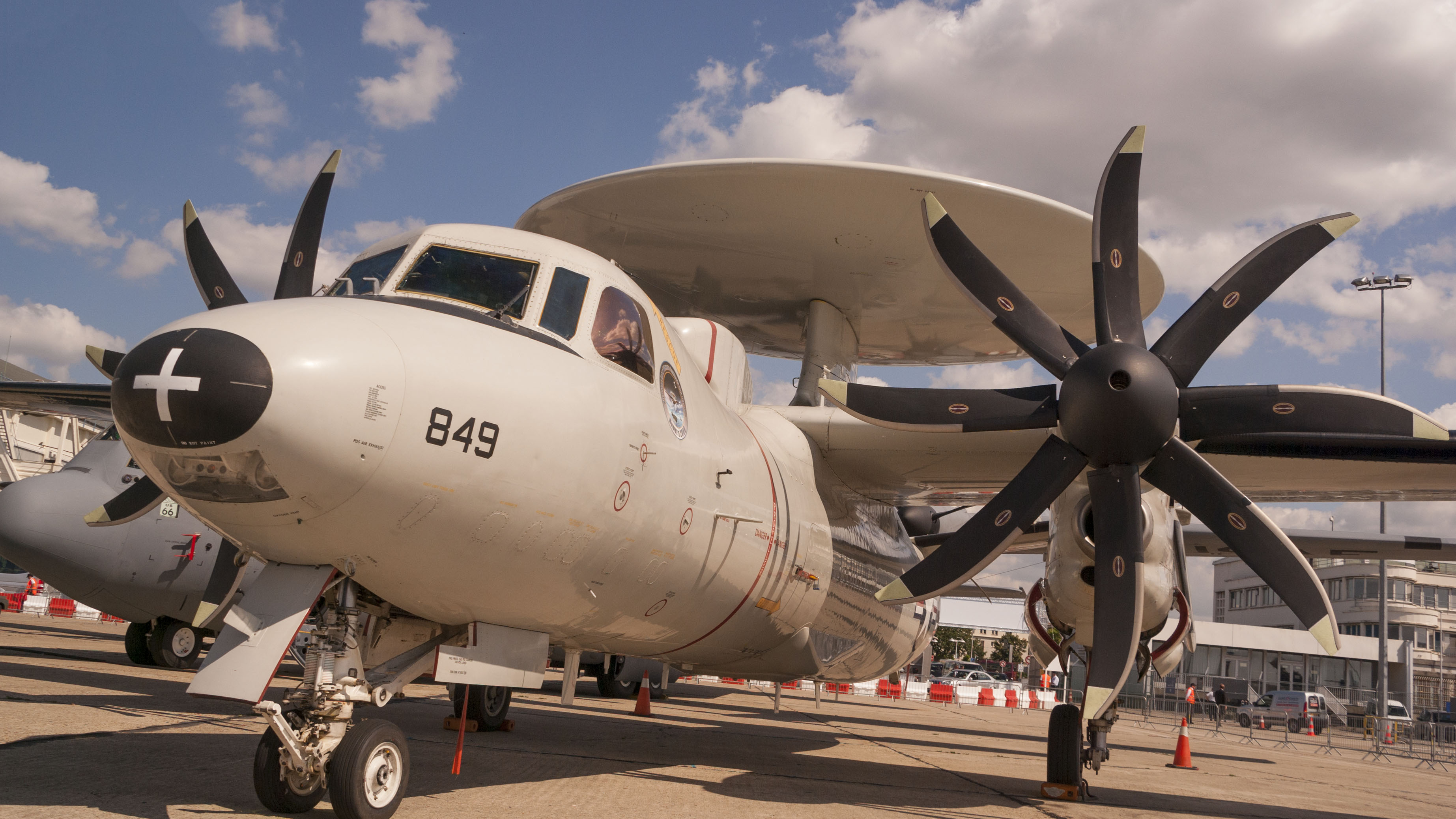
The Grumman Boeing E-8 J-STARS system conducts ground surveillance, enabling commanders to develop an understanding of the enemies situation, and to support attack operations and targeting. From a standoff position, the aircraft – a modified Boeing 707-320 series commercial aircraft – detects, locates, classifies, tracks and targets hostile ground movements, communicating real-time information through secure data links with US Air Force and US Army command posts. The most prominent external feature is the 12 meters long, canoe-shaped radome under the forward fuselage that houses the 7,3 meters long, side-looking phase array antenna. From racetrack orbit the E-8 uses the Norden radar to peer sideways in three modes to build up a complete picture of all ground movements within its search sector.
The E-8A is the only version that has not been modified for air refueling.
| Developing Nation: | United States |
| First Flight(s): | E-8A: December 1988, 86-0416 |
| First Delivery: | June 11th 1996 |
| First Operational: | Dessert Storm January and February 1991 |
| Task: | Airborne command post that will detect, locate, track and classify enemy ground formation at long range. |
Grumman Boeing E-8 J-STARS in action:
-
Operation Desert Storm, January and February 1991
The Grumman Boeing E-8A J-STARS deployed in 1991 to participate in Operation Desert Storm even though they were still in development. The joint program accurately tracked mobile Iraqi forces, including tanks and Scud missiles. Crews flew developmental aircraft on 49 combat sorties accumulating more than 500 combat hours and a 100 percent mission effectiveness rate. A USAF after-action report noted that Joint STARS denied the enemy its night sanctuary and kept continual pressure on ground troops in the Kuwait Theater of operations.
-
Operation Joint Endeavor December 1995
Joint STARS developmental aircraft were also called to support the NATO peacekeeping mission, Operation Joint Endeavor in December 1995. While flying in friendly air space, the test-bed E-8A and pre-production E-8C aircraft monitored ground movements to confirm compliance with the Dayton Peace Treaty agreements. Crews flew 95 consecutive operational sorties and more than 1000 flight hours with a 98 percent mission effectiveness rate.
-
Operation Allied Force March-June 1999 Former Yugoslavia
-
Operation Enduring Freedom October 2001- present Afghanistan
Specifications: E-8C J-STARS |
|
| Crew: | Standard mission 3 flight crew and 18 operators Long-endurance 6 flight crew and 28 operators |
| Wing span: | 44,42 m |
| Length: | 46,61 m |
| Height: | 12,93 m |
| Engine (s): | Four Pratt & Whitney JT3D-3B |
| Weights empty: | 77.565 kg |
| Max. take-off weight: | 152.409 kg |
| Max. payload: | 43.603 kg |
| Fuel: | 72.375 kg |
| Cruise speed: | Normal 860 km/h, max. 973 km/h |
| Operating altitude: | 10.670 m |
| Max. range: | 9.270 km |
| Performance: | Max. endurance 11 hours, with aerial refueling 20 hours |
Countries where the Grumman Boeing E-8 J-STARS is in service:?
| United States | 1 E-8A 1 TE-8A 1 YE-8B 1 TE-8C 16 E-8C |



Be the first to comment